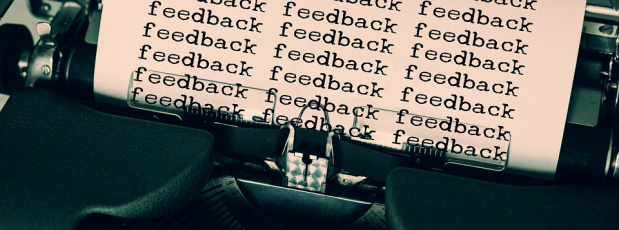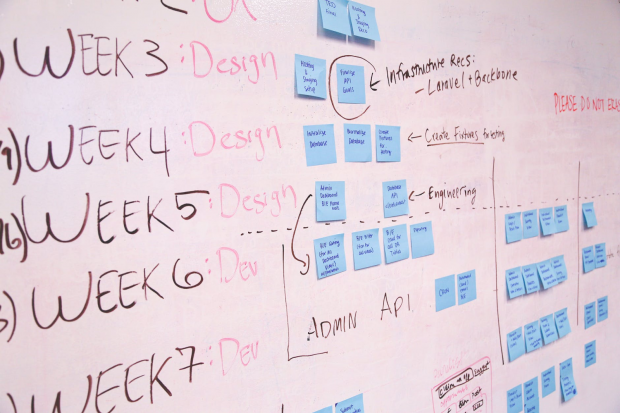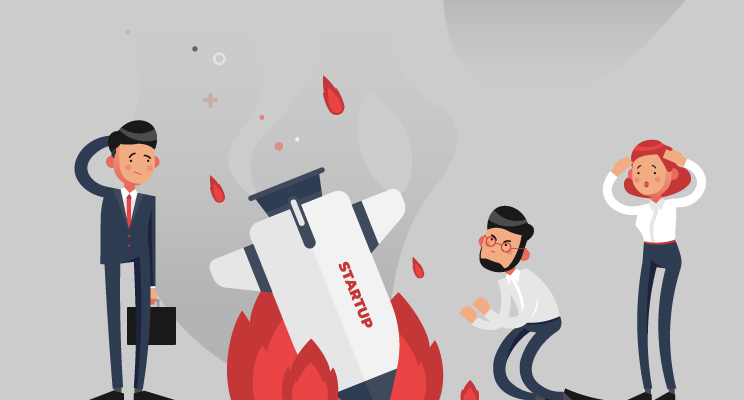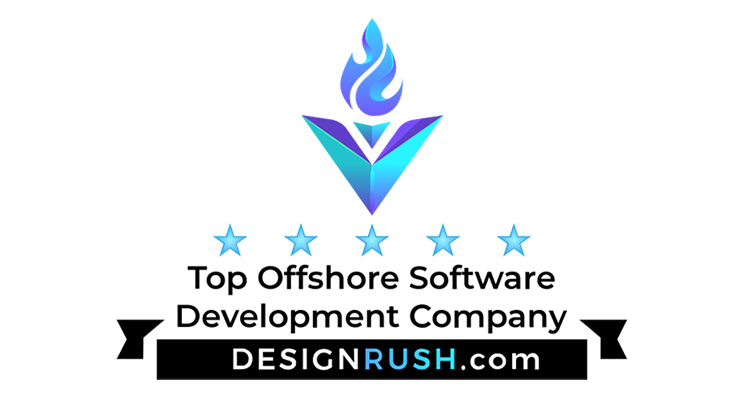
I guess you want to get your MVP out in the market as soon as possible, to beat the competition and get revenue flowing into your startup. In short: in our experience an MVP development can take from 1 to 10 months. It depends directly on the project’s type. Let’s figure out how long it takes to develop an MVP for your project.
Firstly, what is an MVP?
An MVP is a minimum viable product — the idea is to build only the required features to satisfy early adopters by focusing on their pain points.

Why do you need an MVP?
“The minimum viable product is that version of a new product which allows a team to collect the maximum amount of validated learning about customers with the least effort.” Eric Ries, the author of “The Lean Startup”.
By building an MVP, you can validate your idea quickly and avoid implementing the wrong features. It’s not about building something beautiful and full of features, it’s about entering the market ASAP and proving that your idea can solve a real-world problem. If the phrase “No one has ever created “X”, I want to build “X” because I think everyone will love it and it will improve their lives!” is the answer to the question “Why should I build my MVP” then GO AHEAD!

Go ahead, create something useful
From idea to MVP: what do you need?
Before bringing your Startup idea to life, it’s extremely important to make sure that there will be someone who needs it. At this point, you need to define your target audience and choose the basic features your audience wants to observe. (According to CBINSIGHTS, 42% of Startups fail because of “No market need”.)
But why not for example to take another company’s ready project/ product and use it for your purposes? We had the experience of developing a CRM system for a german driving school last year. They preferred to develop their CRM system for two main reasons — half dead functionality and the lack of the compulsory features of the already existing CRM system.
So the main thing here is to quickly implement only basic “must-have” features, enter the market and gather the feedbacks.
“Success is not delivering a feature; success is learning how to solve
the customer’s problem.” ― Eric Ries, “The Lean Startup”.

Gather and analyze the users’ feedbacks
MVP is a learning vehicle
You must know that MVP is not a product but a learning vehicle that validates the business model.
Your product should match the users’ needs and fulfill the void in the market. Do not build a product that nobody wants, and maximize the validated learning. Go one step ahead too – gauge the pace of change in the market. It’s an important feature for a viable business model.

Create your MVP to match the users’ needs
So how much time does it take to develop an MVP?
It depends on the number of basic features and it’s complexity. You can’t be precise in this matter because you can either have only some basic features in your mind (when for example creating a simple CRM system) or might feel you need much for your project. According to our experience the process of building MVP takes 3-4 months on average and here’s a chart with particular project types and approximate terms:
| Project type | MVP from | Average time |
| MVP for Startup | 1 month | 3 month |
| MVP for CRM | 2 month | 4 month |
| MVP for ERP | 4 month | 7 month |
According to people’s opinions at quora.com, the MVP building process can last from 4 weeks (creating a clickable prototype) — to 6 months (сomplete working MVP).
Contact us and get an estimate on your MVP!
What challenges can you face while building MVP?
We know for sure, the person who has the desire to build an MVP will get face to face with some challenges. Antalogic has picked out the five main challenges in our opinion:
Сhallenge №1 — you fail to understand the market and the viability associated with it.
Challenge №2 — you don’t understand the suitability and scheduling of a product customers require.
Сhallenge №3 — you can’t decide on the amount/range of basic features.
Сhallenge №4 — you experience over featuring. This is when you keep adding extra features before you even launch. Doing this jeopardizes the launch of your MVP because of the risk of building features that nobody wants or needs — we’ve already discussed the problem of over featuring and the ways to avoid it in this article, check it out.
Сhallenge №5 — you start changing your features during the MVP development process. Maybe you’ve just changed your mind or you’ve had a chat with the possible future users who told you they won’t need this or that feature.
These five challenges lengthen the period of your MVP development cycle. Trying to provide the most accurate technical requirement (no matter how many pages you should work through) can help you to avoid or mitigate the possible challenges while MVP creating.

Go through all the challenges successfully
What are the main steps for MVP development?
Our experience shows these are the right steps for creating a successful MVP:
Analyzing the market
Any successful startup begins with the market analysis, definition of the target audience, deciding on what users’ problems you’re trying to solve. It will help you to define the key features based on which your new product will be built.
Product vision
After the market research, you are to create the concept of your future product which will include the description of features, basic workflow of your application, and sketches.
Choose the development vendor
When product vision is ready you are to turn it into functional specification and design. It’s not always easy to do it yourself, lacking technical background. So finding an experienced and reliable vendor sounds like a good idea. Before choosing the development vendor you are to make sure that the company:
- has the experience of working with startups;
- is flexible enough in terms of working conditions to provide cost-effective and efficient startup development services;
- doesn’t underestimate the importance of communication in their work. From our experience, for startup MVP development communication plays a vital role.
Preparation for MVP development
Here is the time for you to get really close with your vendor to create, validate, prioritize your product requirements. According to the requirements prioritization, you and your vendor should decide what features your MVP will include. On that basis, the vendor is to create functional specifications and designs of your MVP and you are to confirm them. The vendor should also advise you on the technologies that will be the best stack for your product’s excellent performance.
MVP development process
Based on the specifications and the designs, your development vendor is to provide you with time and cost estimates of your MVP development. After that, the vendor will offer you the appropriate development team composition, suggest the most comfortable communication conditions for you to be informed about the progress, and take part in meetings and discussions. These were 5 main steps to start the development process of your MVP. Contact us to make the first step

Follow the steps and reach the top
How many developers are required to develop MVP?
Again, it depends on the project’s extent. If you’re planning a minor one — one or two developers will be enough. But if you’re creating a large-scale project, which will last for 6+ months, you should involve a minimum of 3 developers.
Hiring one developer might be enough when you’re just starting to work on a product. There will always be an opportunity to expand your developers team when you add new tasks.
What else should you know when building an MVP?
We has prepared some pieces of advice which might be helpful to consider if you’re going to create a project:
- Do plenty of market research before building an MVP.
- Be clear about the reasons you-re building the MVP, and stick to your values.
- Choose only the most valuable features, which cover the pains and meet the needs of your chosen audience.
- Create the most precise technical requirement as possible to ease the following MVP development.
- Build, Measure, Learn. Do this over and over again. Act quickly! But do not spend half a year learning — the build-measure-learn cycle should happen in days, not in months.
- Analyze your audience’s feedbacks and measure your success. Don’t make guesses about how popular features are in your MVP, or if people are using it. Track your traffic with special services, such as Google Analytics, Hotjar, and others.
Start rapidly, Evolve soundly, Become profitable
Developing a successful MVP will increase your chances of the product seeing the light of day in the market. In addition, it might turn your idea into a profitable course.
 Yanina Ovchinnikova
Yanina Ovchinnikova August 03, 2020
August 03, 2020




